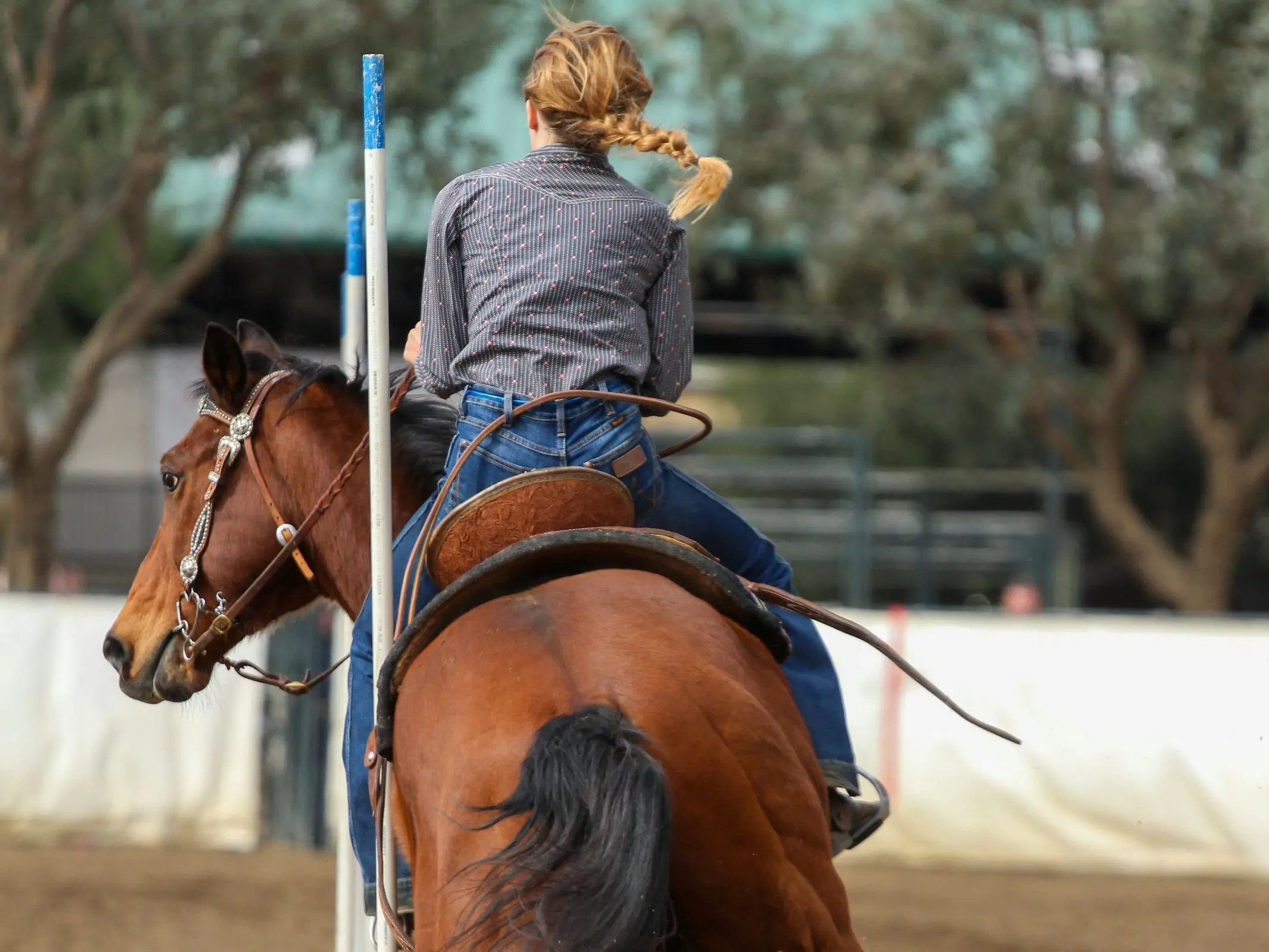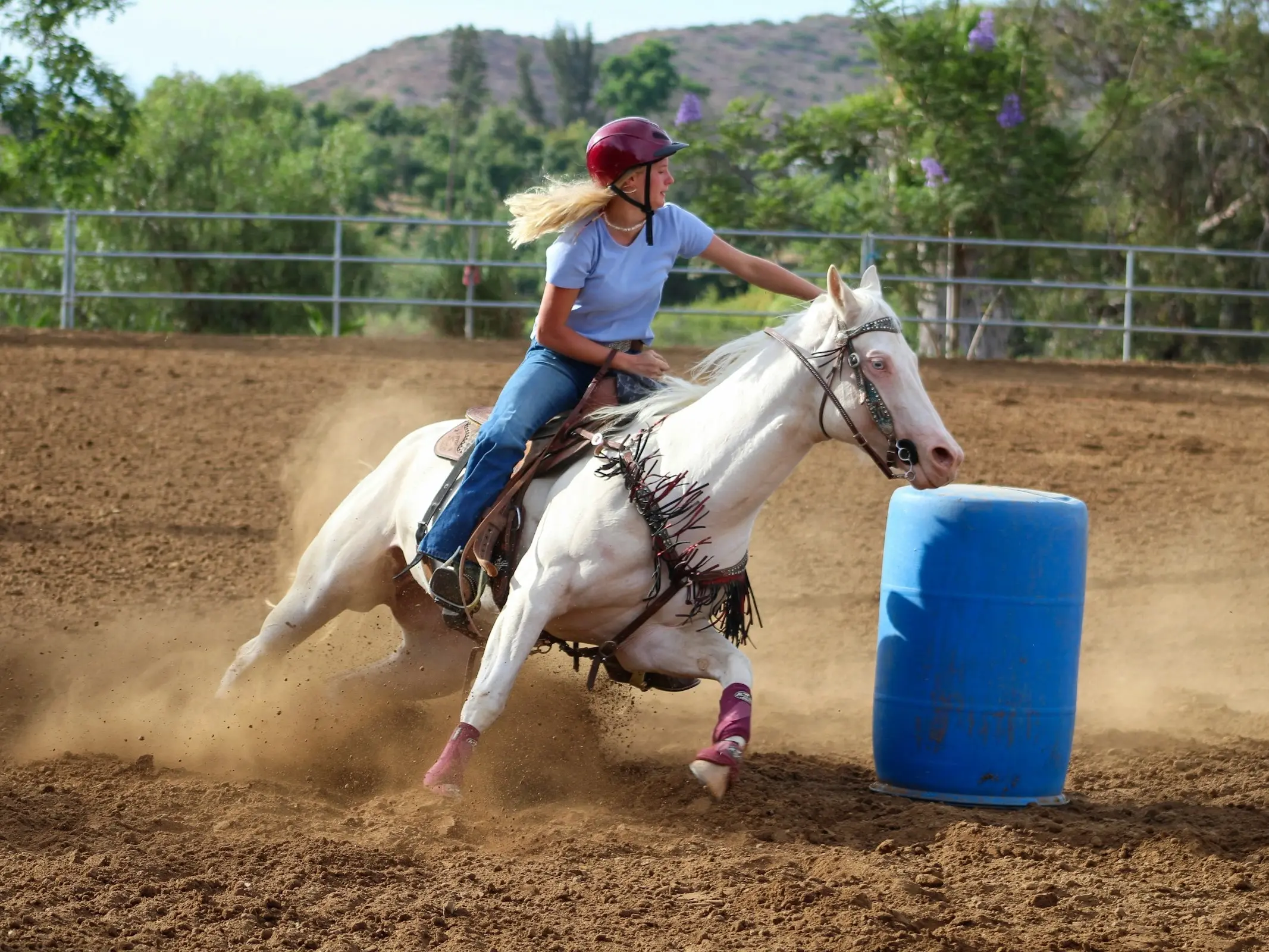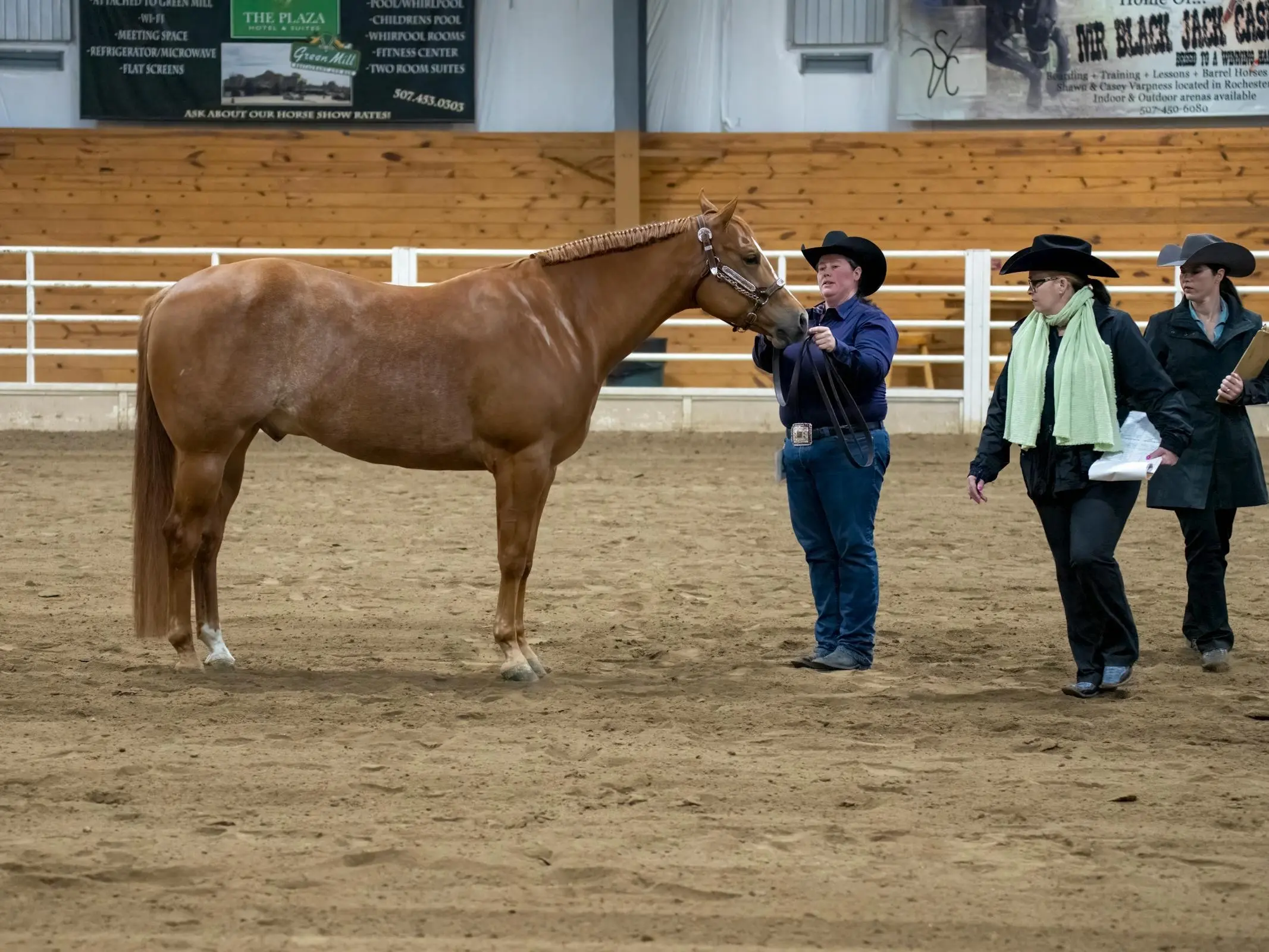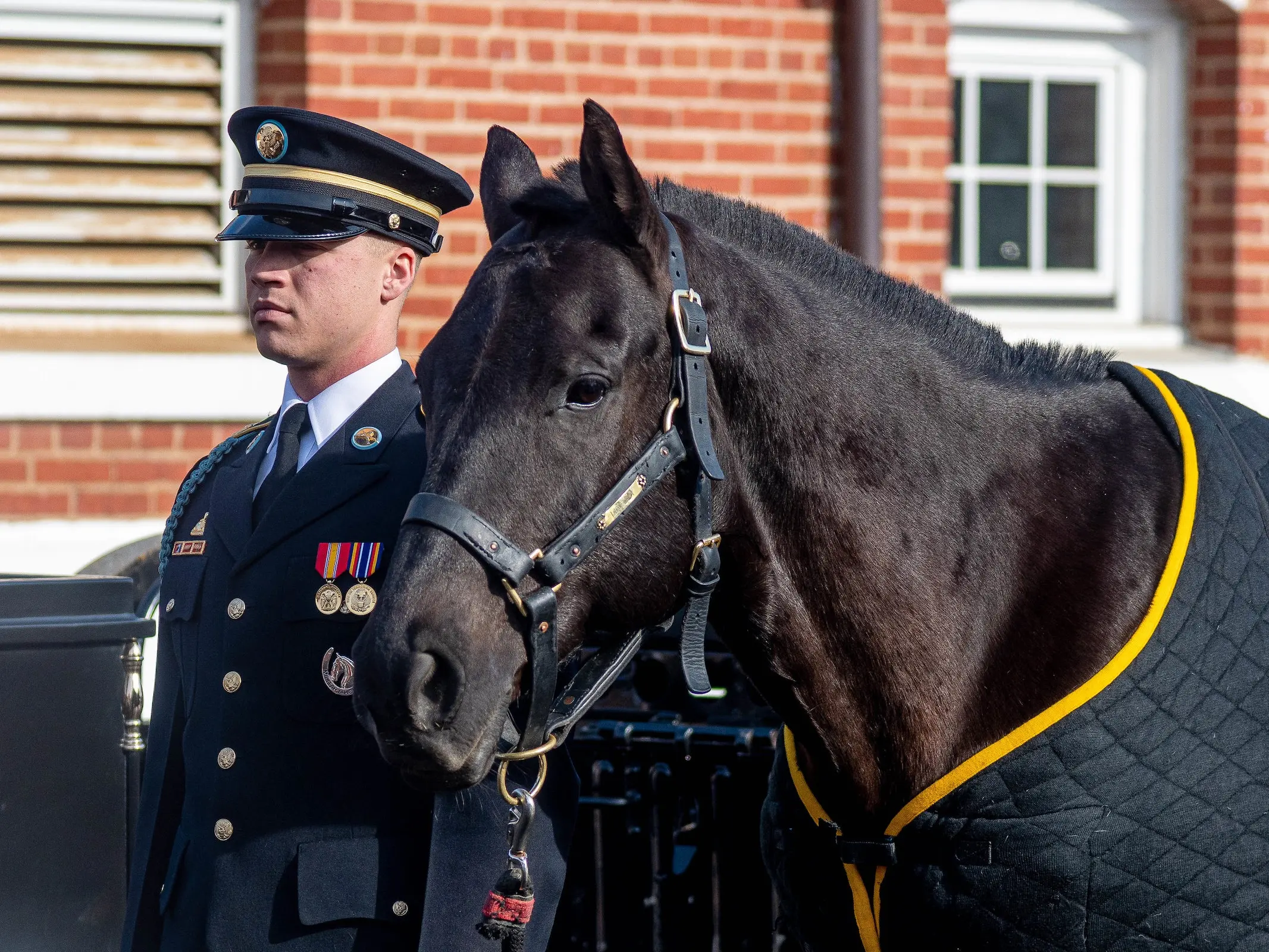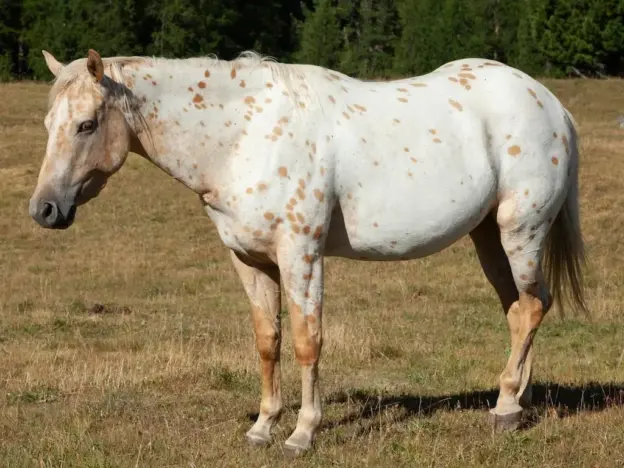Intro
Perhaps most well known for their association with Cowboys of the wild west (although the breed began on the Eastern Seaboard) the Quarter horse is a symbol of American horsemanship and the oldest North American breed.
Origins
The Quarter horse originated in 17th century colonial Virginia, using English Thoroughbreds crossed with a variety of local tribal animals. Breeds available to the colonists at the time were of mixed Spanish descent, carrying traces of Andalusian, Barb and Jennet blood. The resulting crosses were small, stocky animals with muscular hindquarters.
Named for Speed
This stock horse type has been called many names over the years including Cold Deck, Copper Bottom, Kentucky Whip, Printer, Rondo, Shilo, Steeldust and Billie. Some of them likely due to coat colors rarely seen outside of the breed. Today, as their name declares, this breed is prized for their explosive speed over the quarter mile. Beyond speed, the versatility they displayed was a huge element of their success as a breed. They were easily capable of working during the week and racing on the weekends.
As the breed made its way west during the 19th century, it was continuously being fed new blood. The needs of settlers changed as they moved into Southwestern territories, as did the stock they encountered. Animals bred by western tribes and local feral horses were smaller, making them better suited to the arid climate. The resulting crosses often had good cow sense and became popular with cattle farmers. These western crosses further enhanced the breed’s famous hindquarters.
Large ranches in the US continued to rely on horsepower, even after the age of mechanization. This made them instrumental in creating the Quarter Horse we know today. Ranchers and cowboys bred for specific traits that ranged from working cattle, to racing, to after work rodeo activities.
Still Growing
In 1940 the American Quarter Horse Registry (AQHA) was formed by a group of horsemen and ranchers in the Southwestern states, with the goal of documenting the lineage of their animals. This was the beginning of America’s long love affair with the breed. Today the Quarter Horse Registry is the largest breed registry in the world with over 5 million registered animals.
Quarter Horse Types
Due to the many different bloodlines that were involved in creating the Quarter horse, there are a variety of types. The squat robust animal with powerful, rounded hindquarters is just one type of this versatile breed.
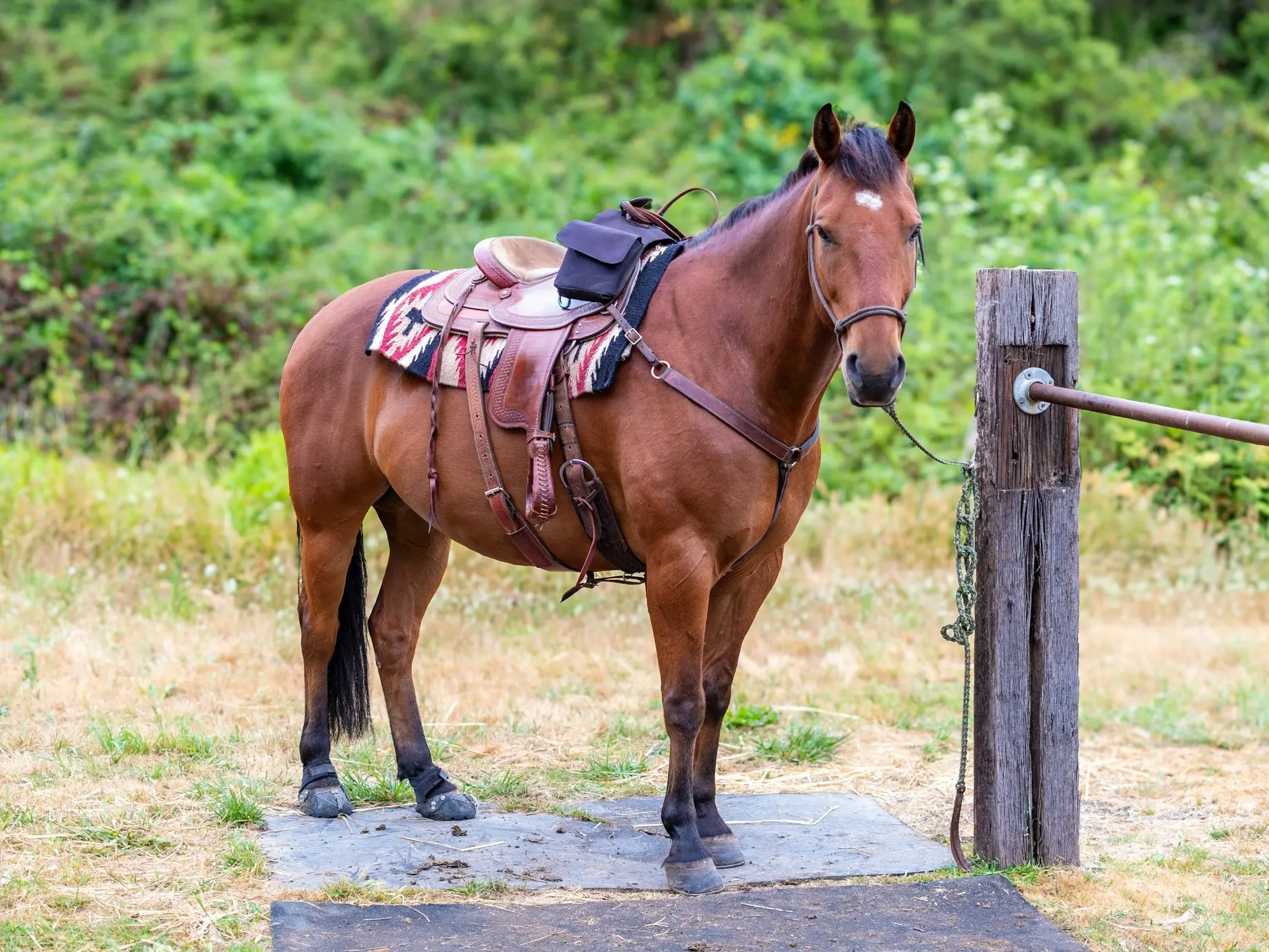
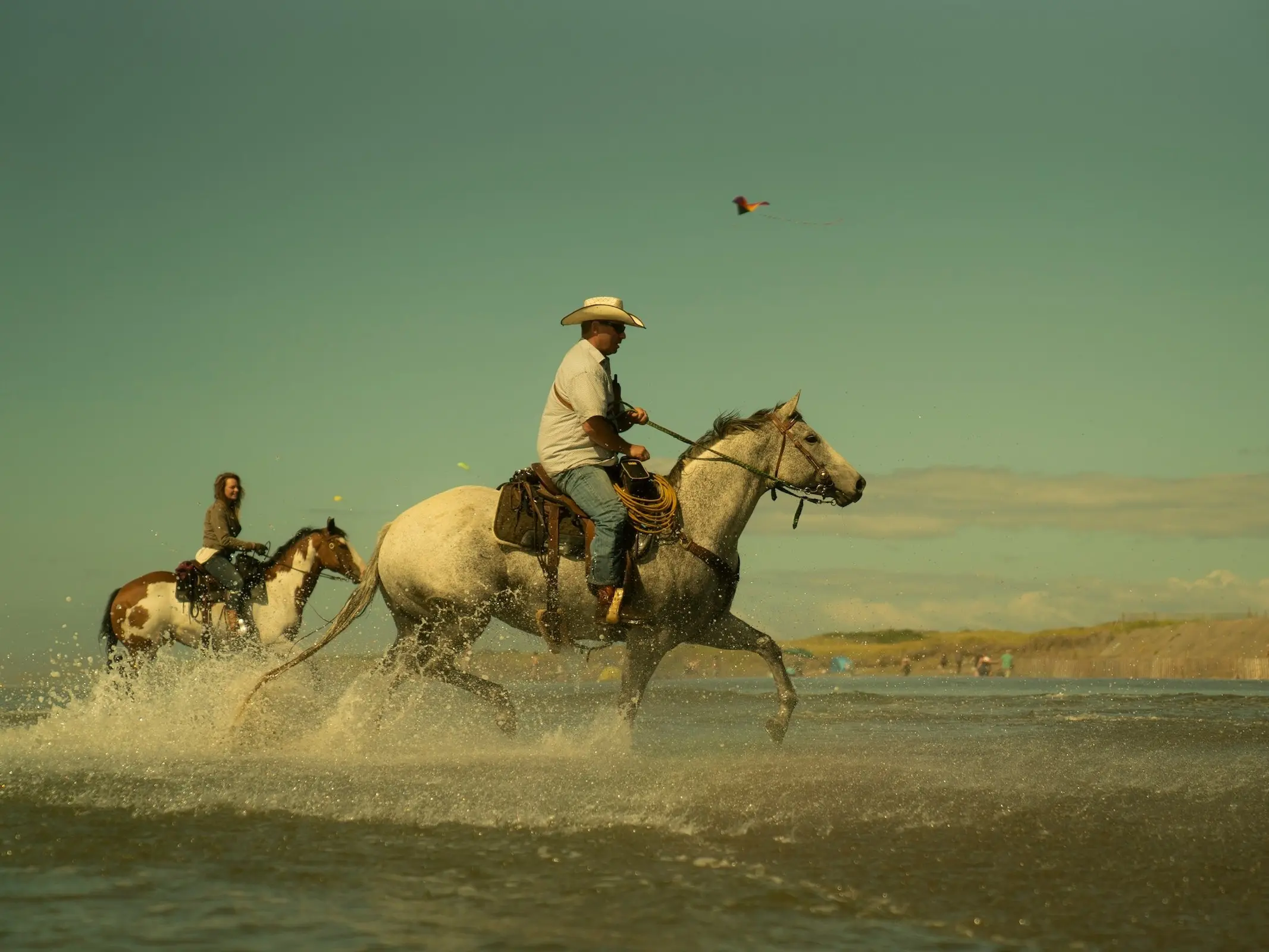
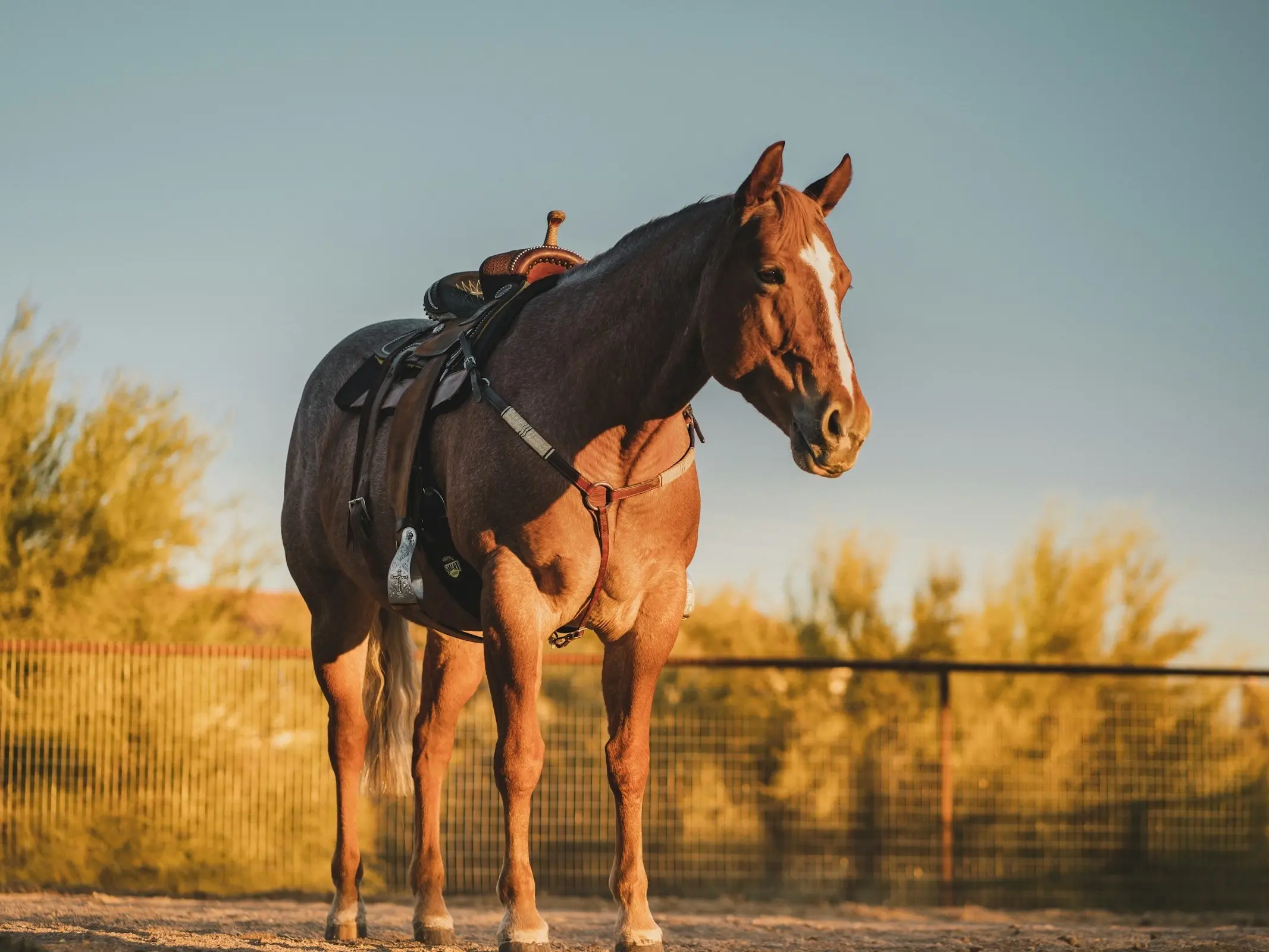
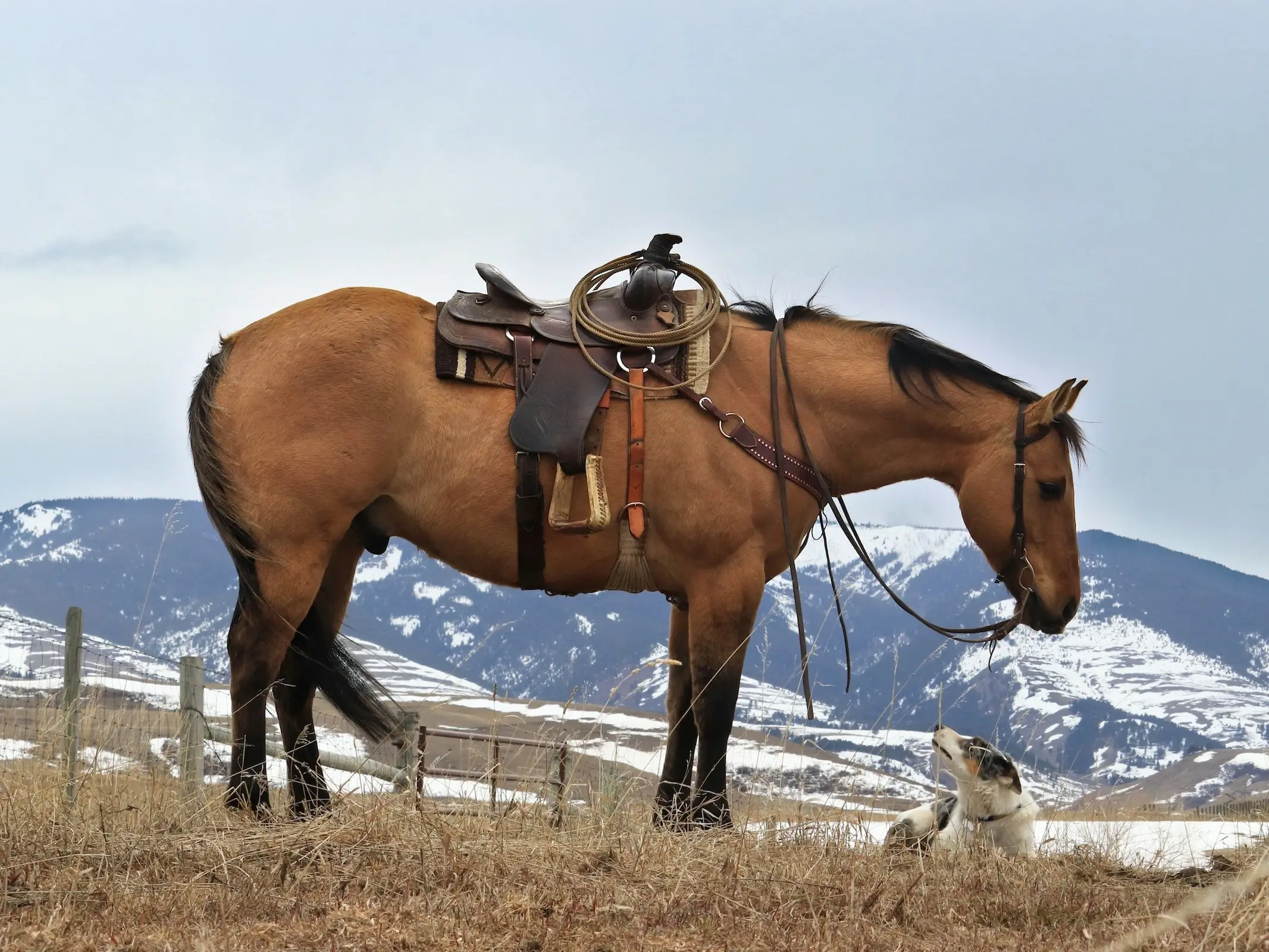
Stock Type
The Stock type is small with powerful hindquarters and quick, agile movement. Built to work cattle and respond quickly. Western pleasure show horses are often taller with smoother movements, but still feature the large hindquarters.
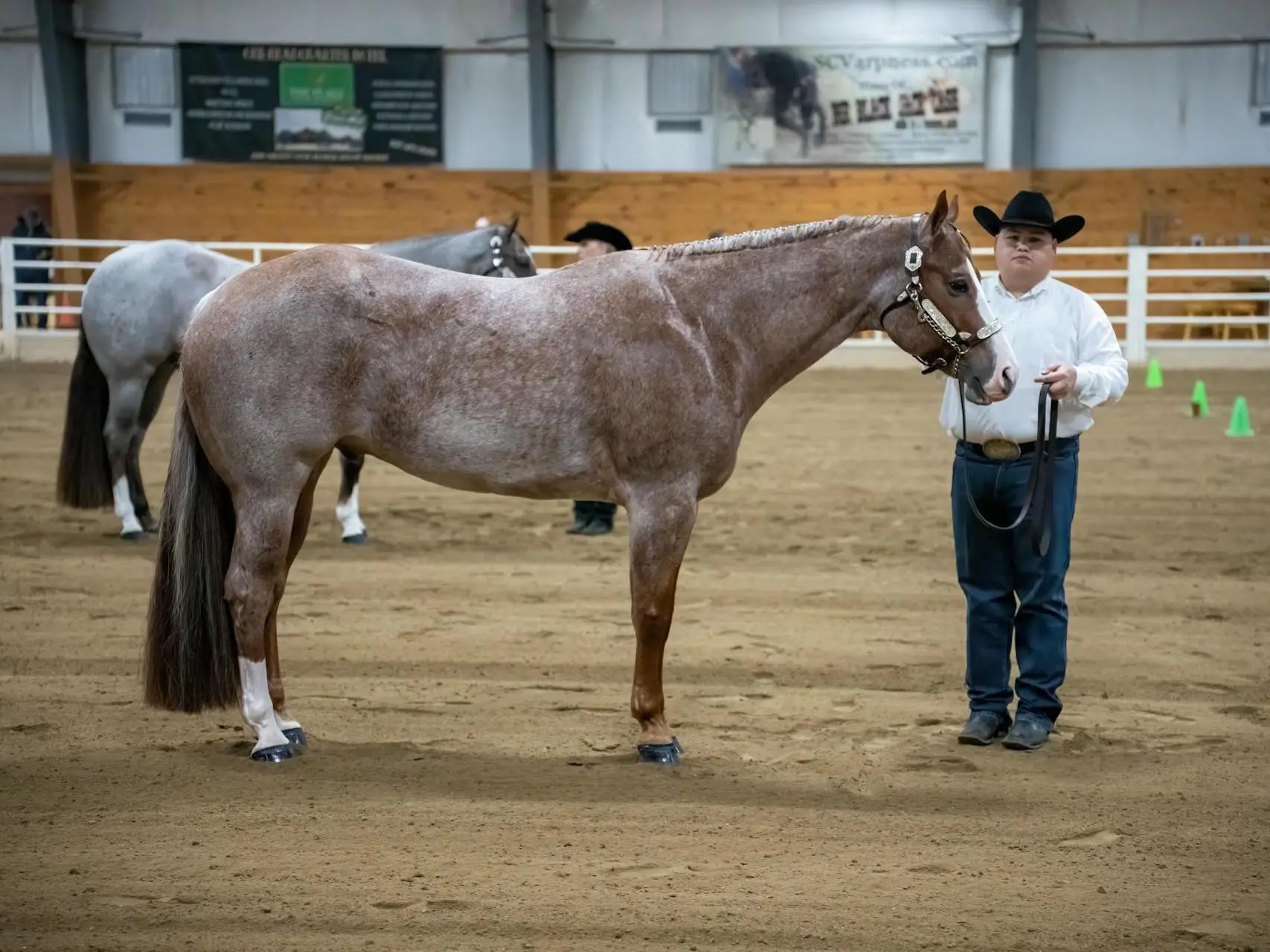
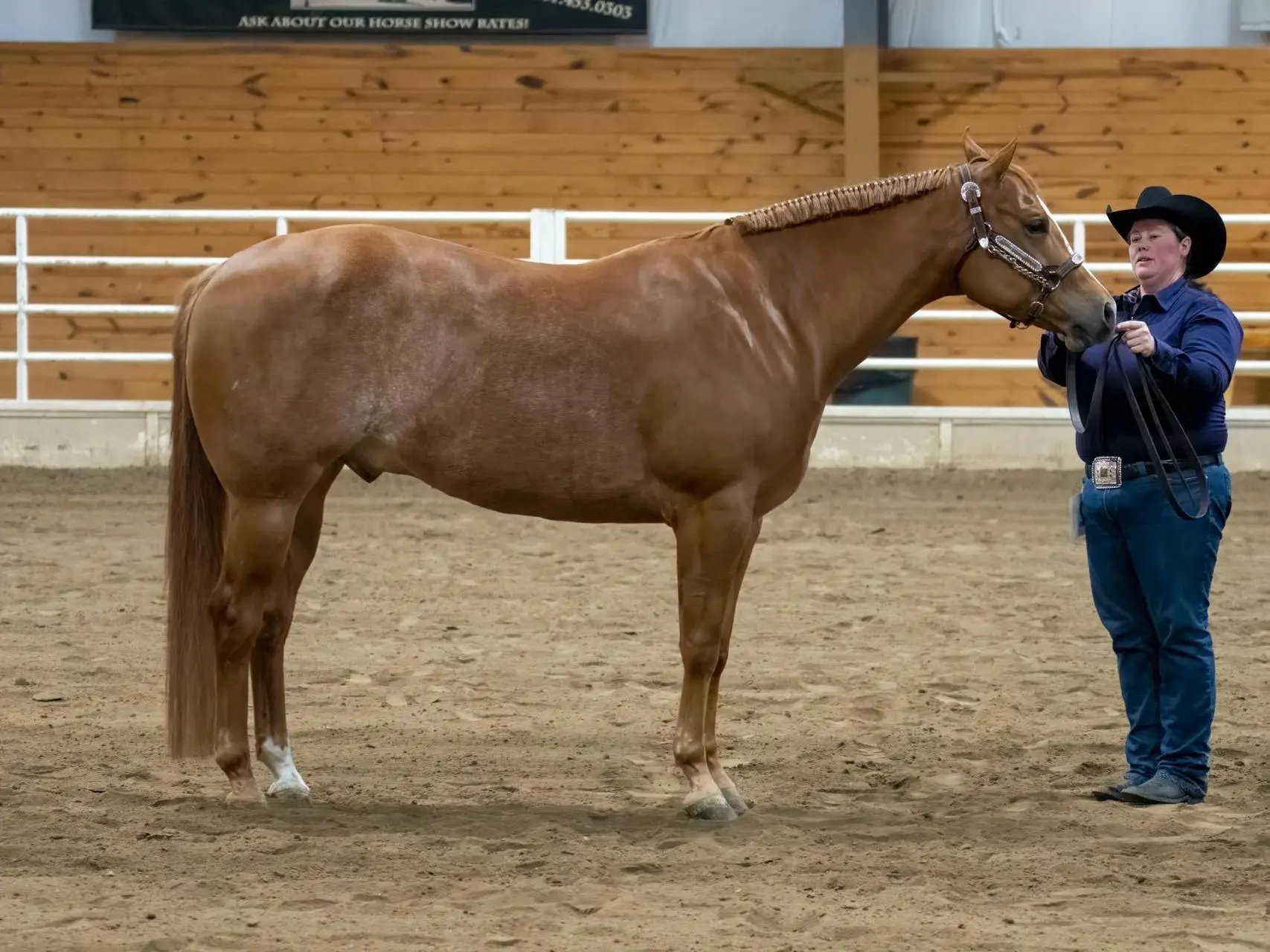
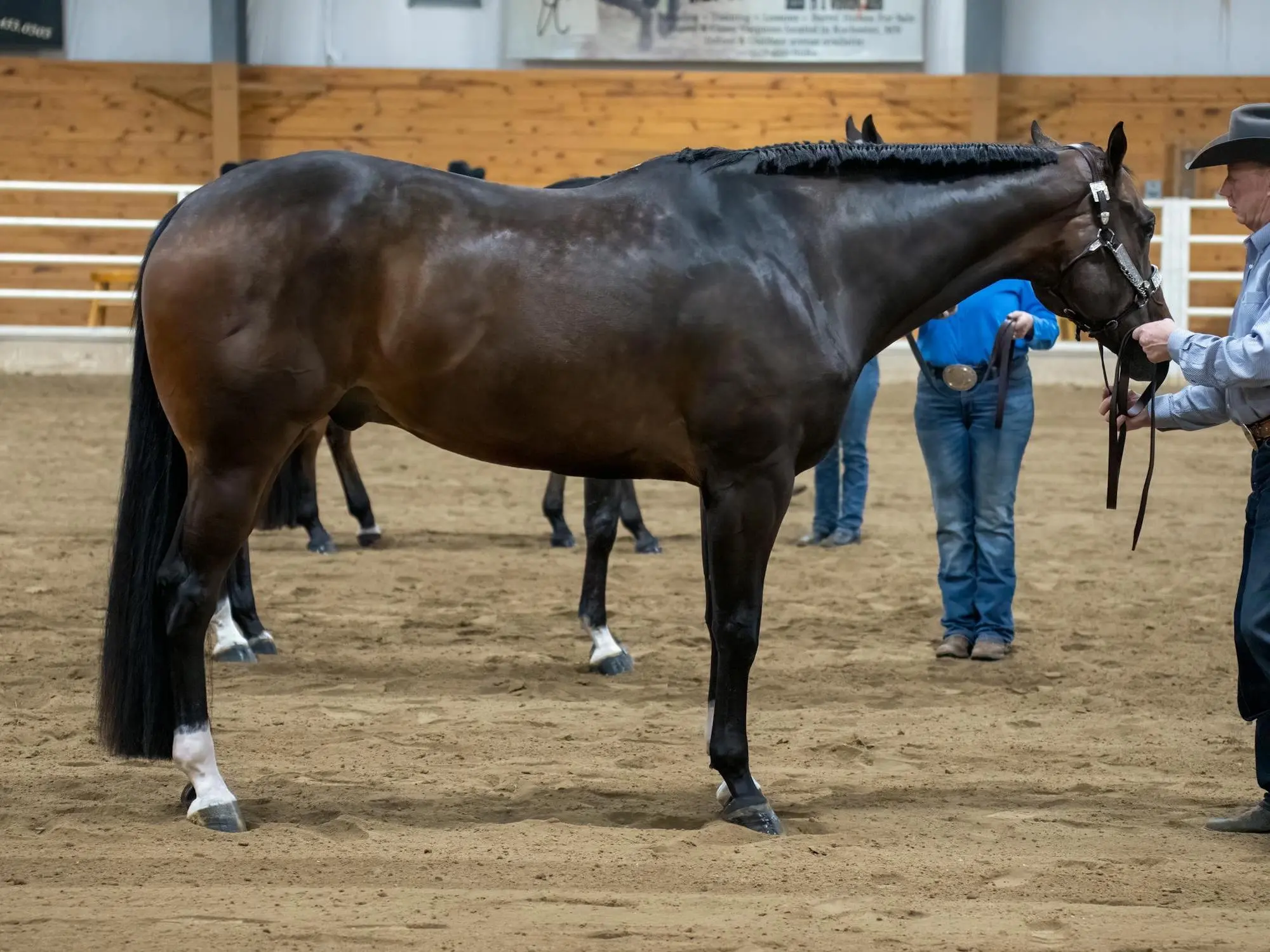
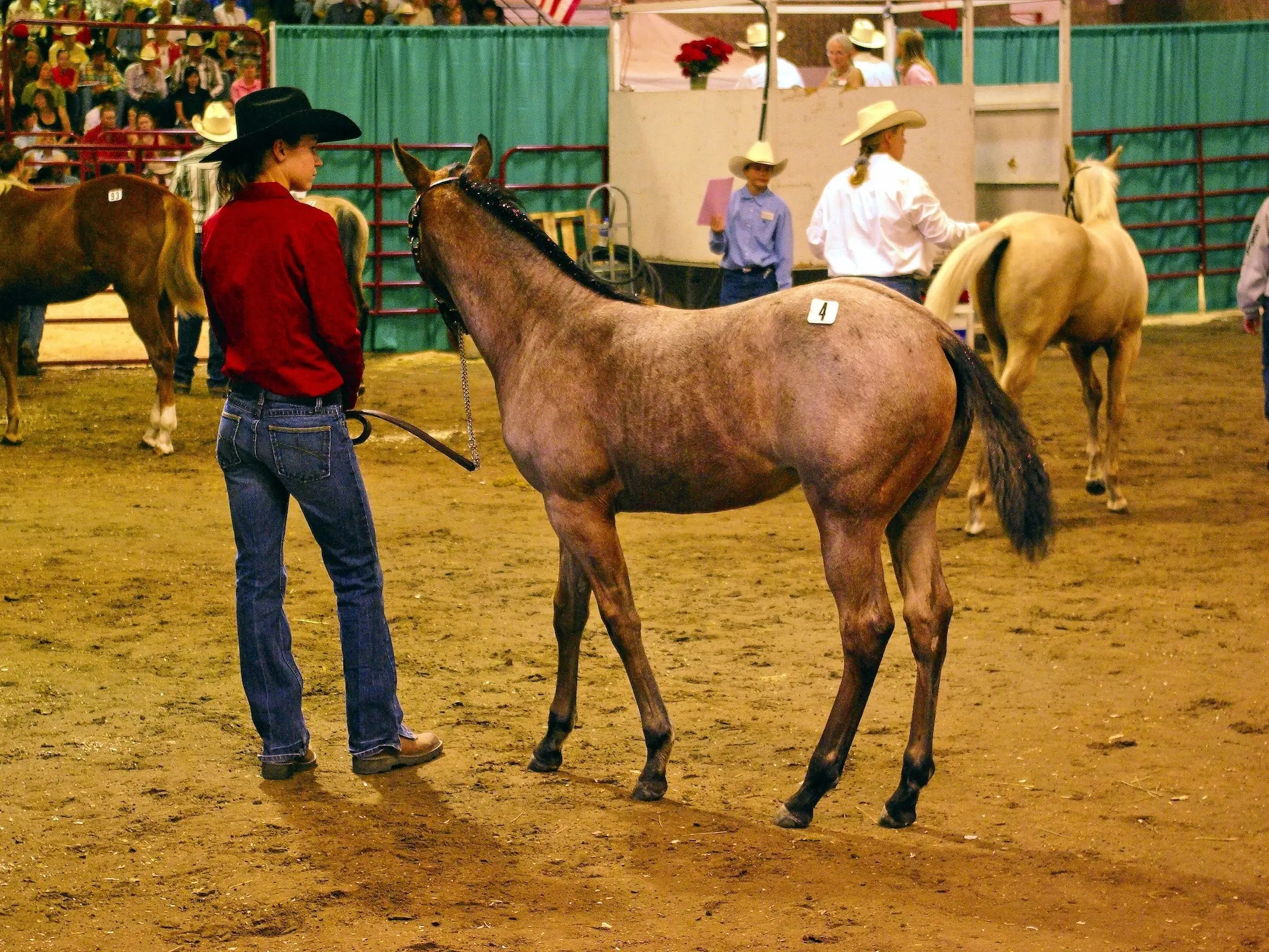
Halter Type
Halter horses have a specialized look, they are larger than the stock type and heavily muscled. Taking the quarter horse aesthetic to the extreme, this type is bred to be muscular with small heads, large jowls and refined muzzles. There is controversy about how healthy it is to breed for such large muscle mass on the equine frame.
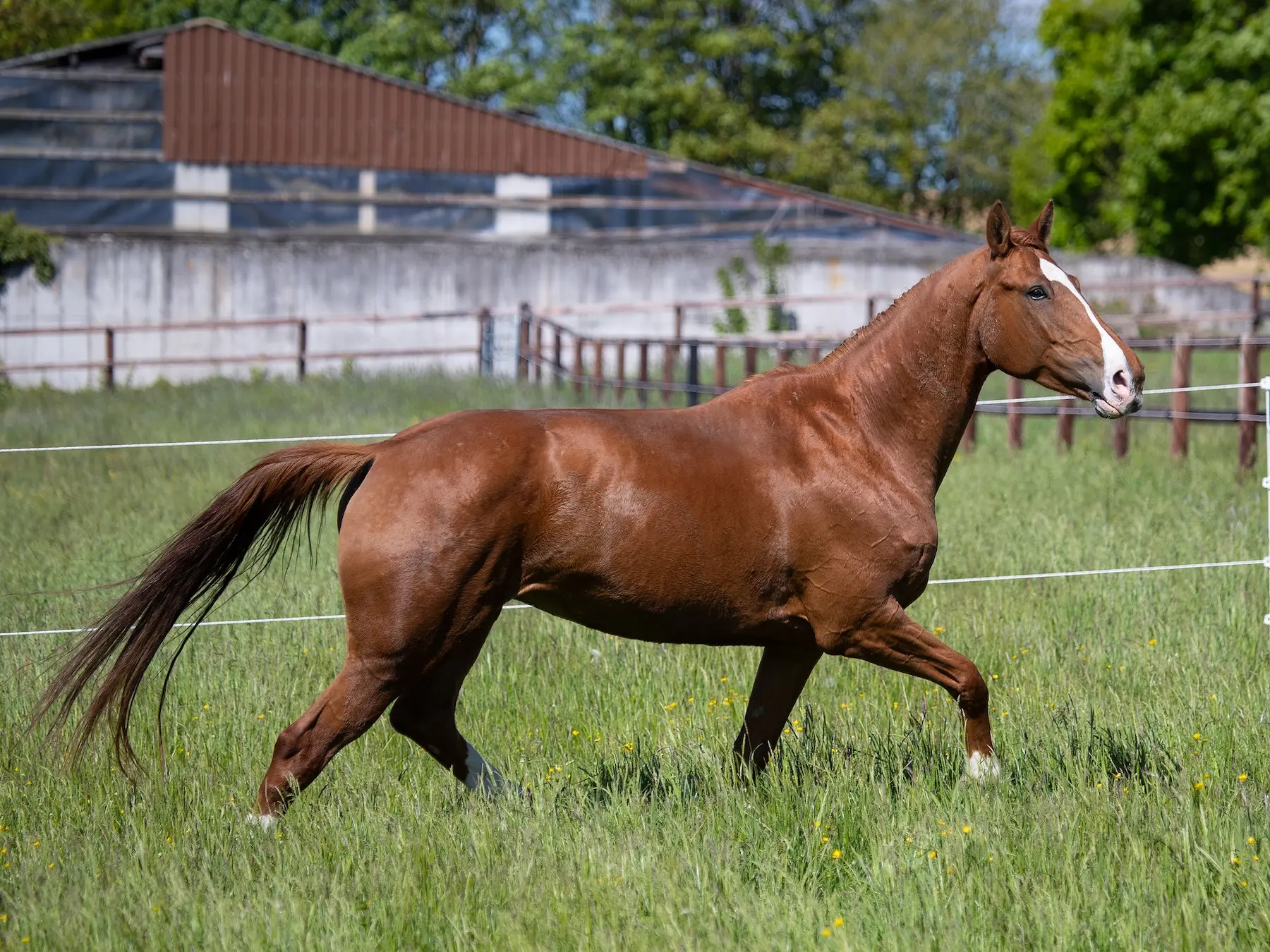
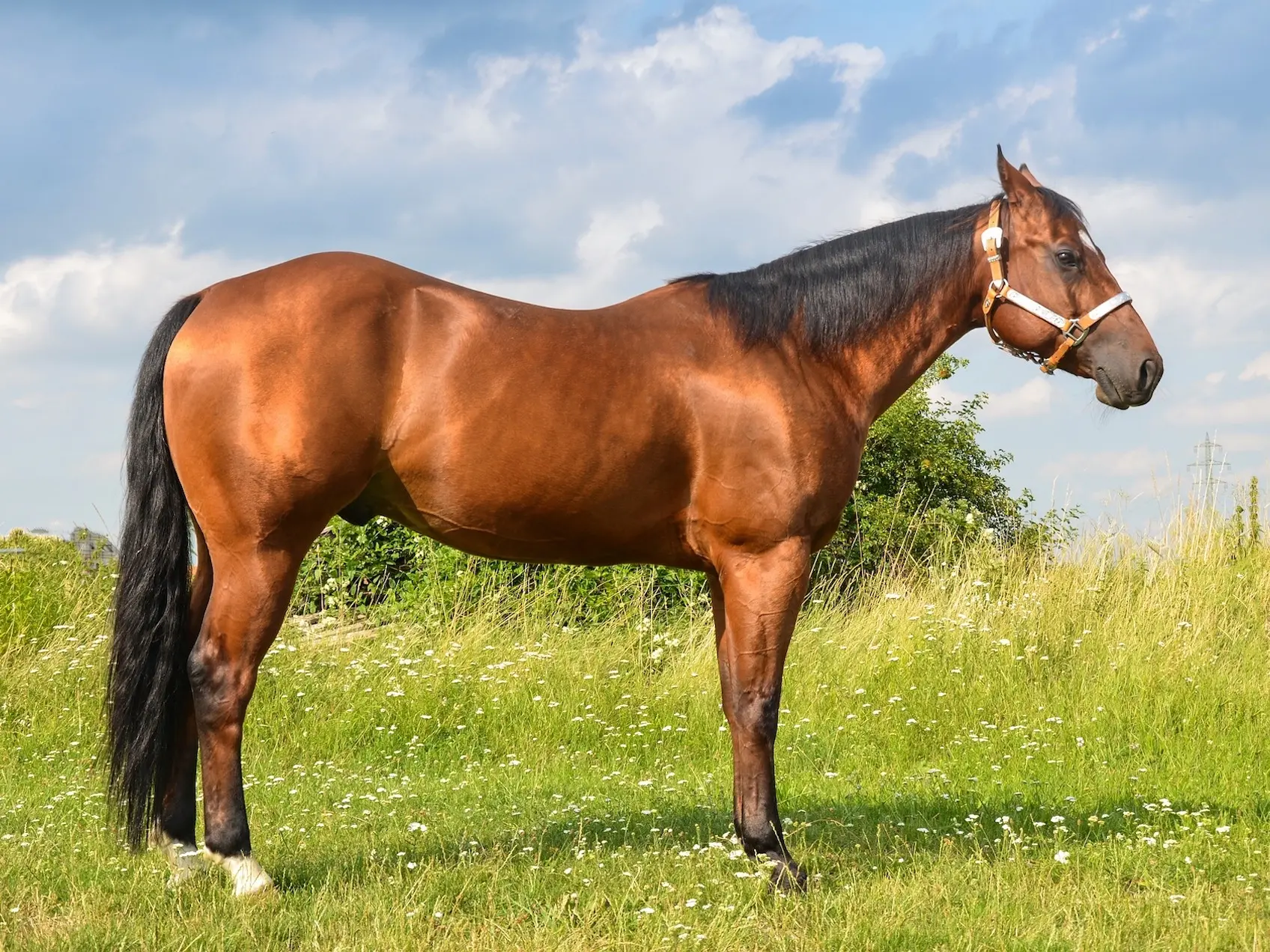
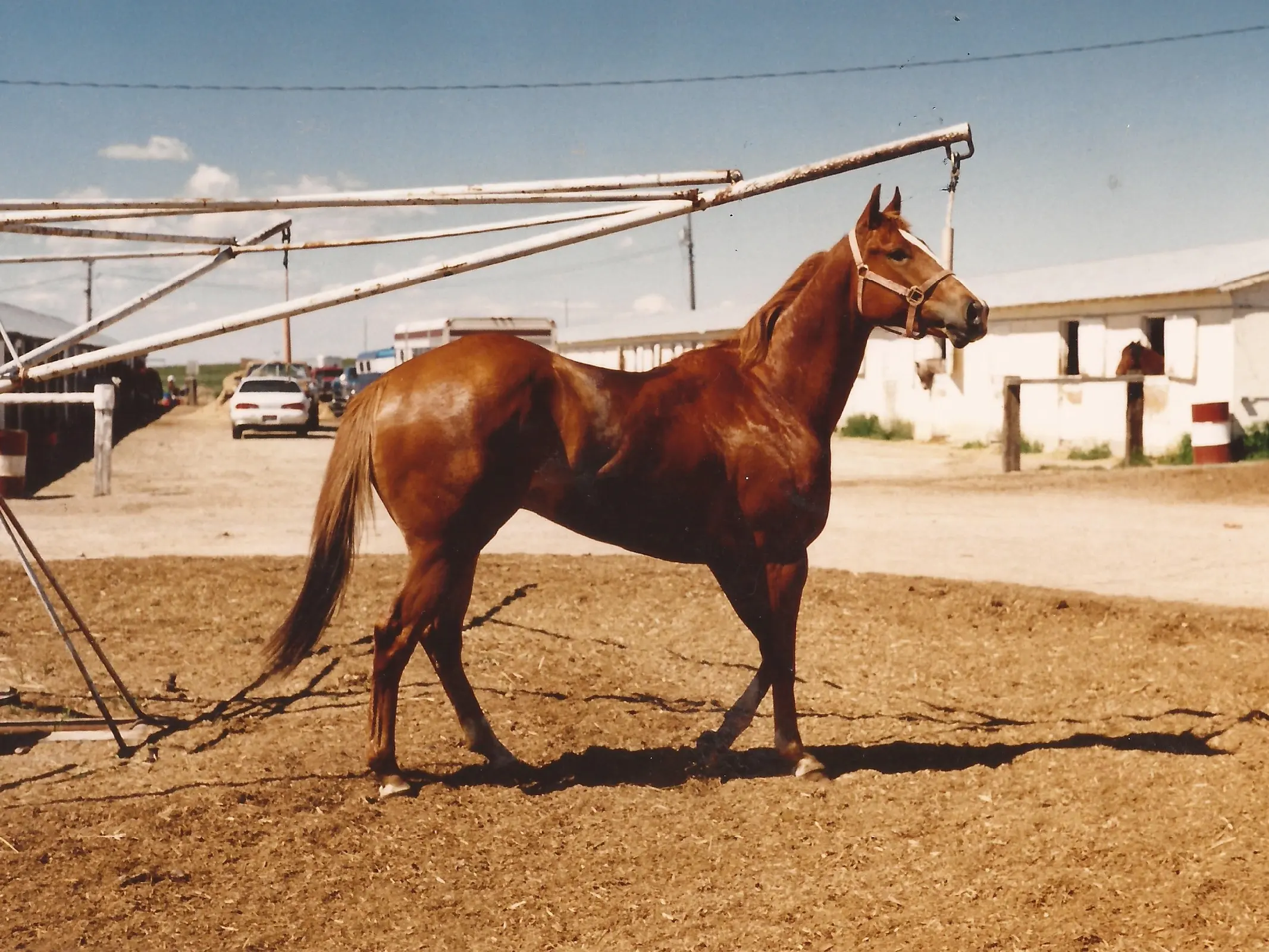
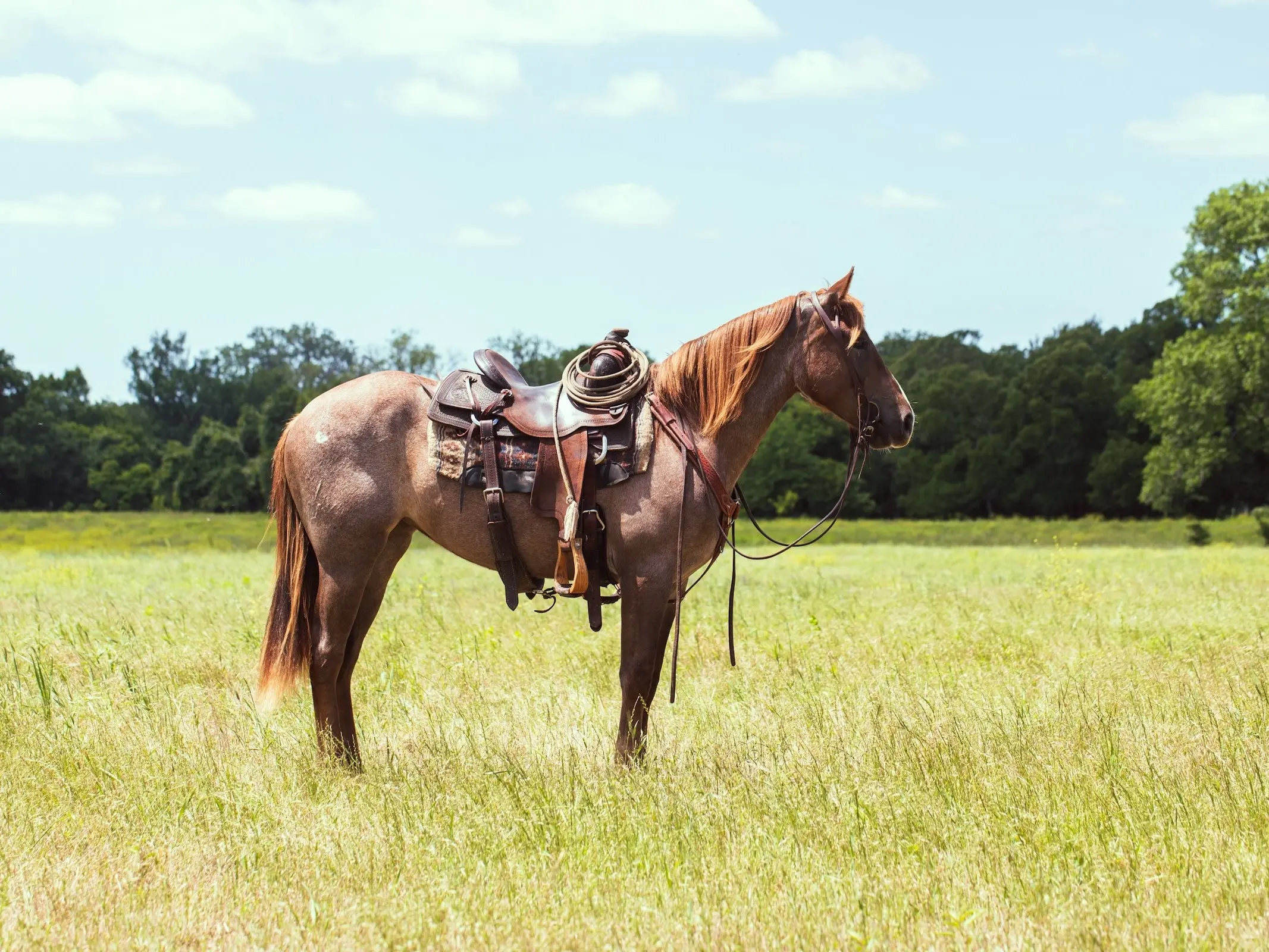
Racing Type
This type leans more towards the earlier animals of the eastern seaboard, heavier on the Thoroughbred influence for speed and agility. The racing type tends to be larger and leaner with longer legs. While retaining their powerful hindquarters, built for speed rather than the quick, short movements of cow horses.
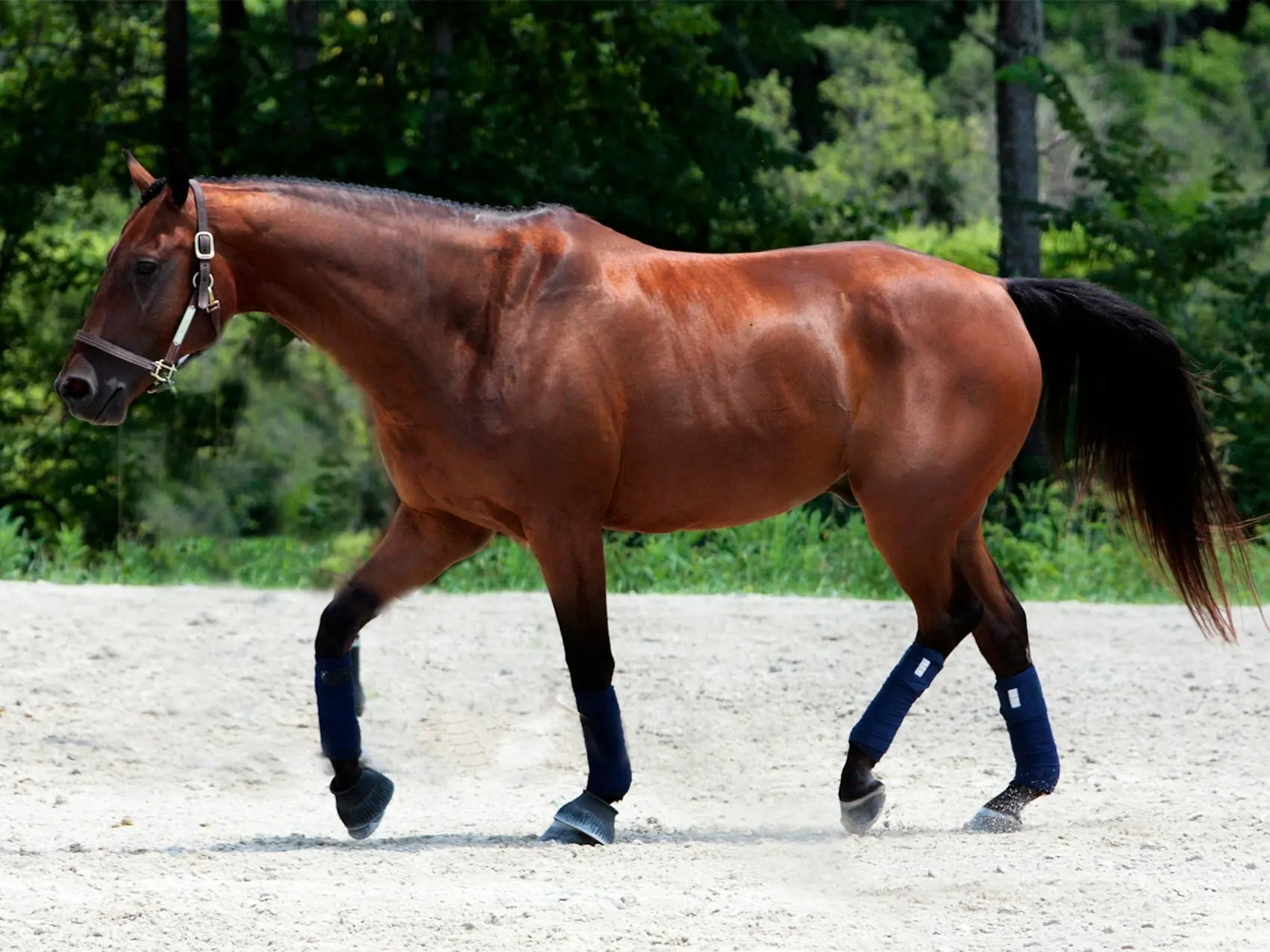
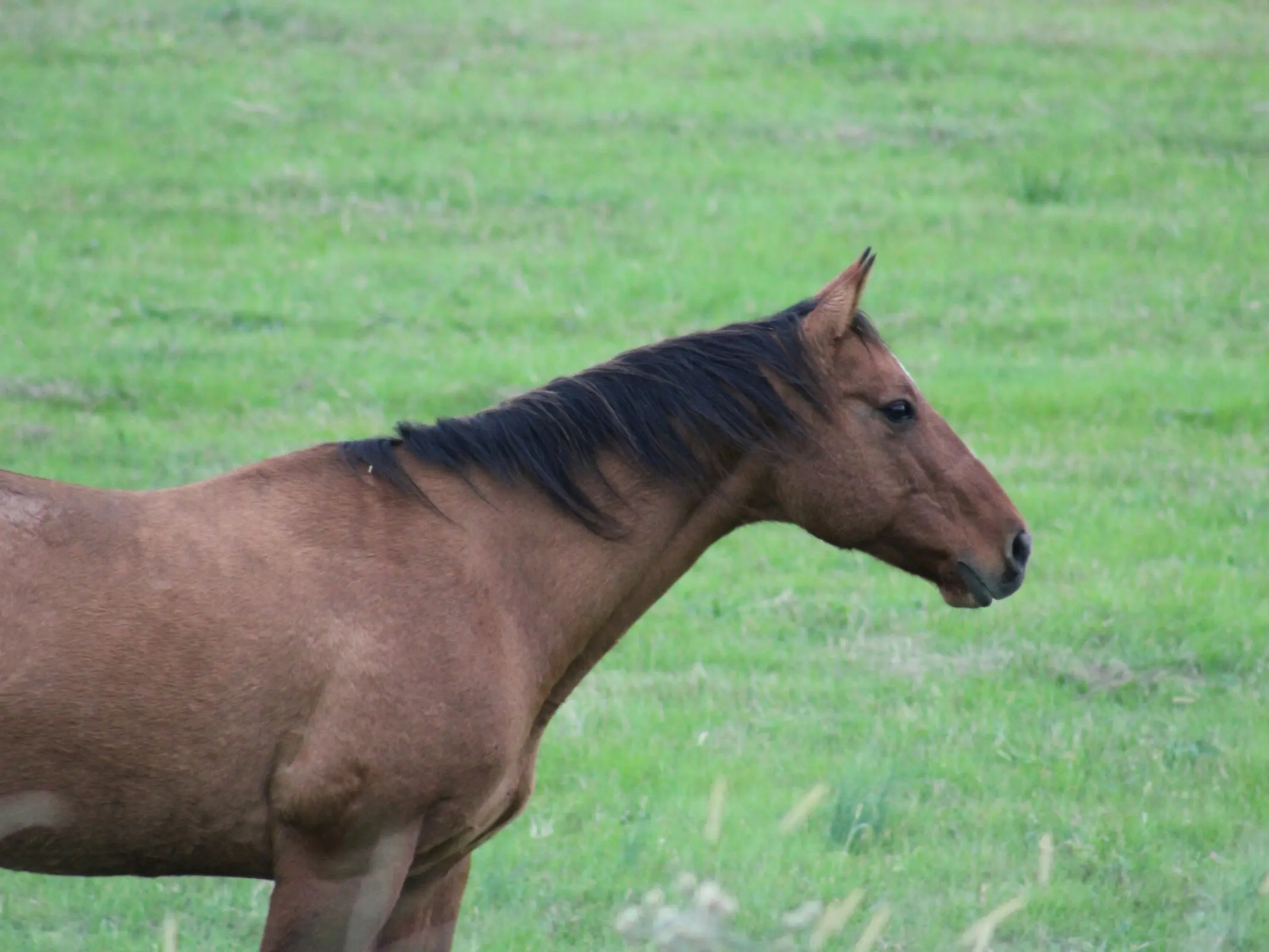
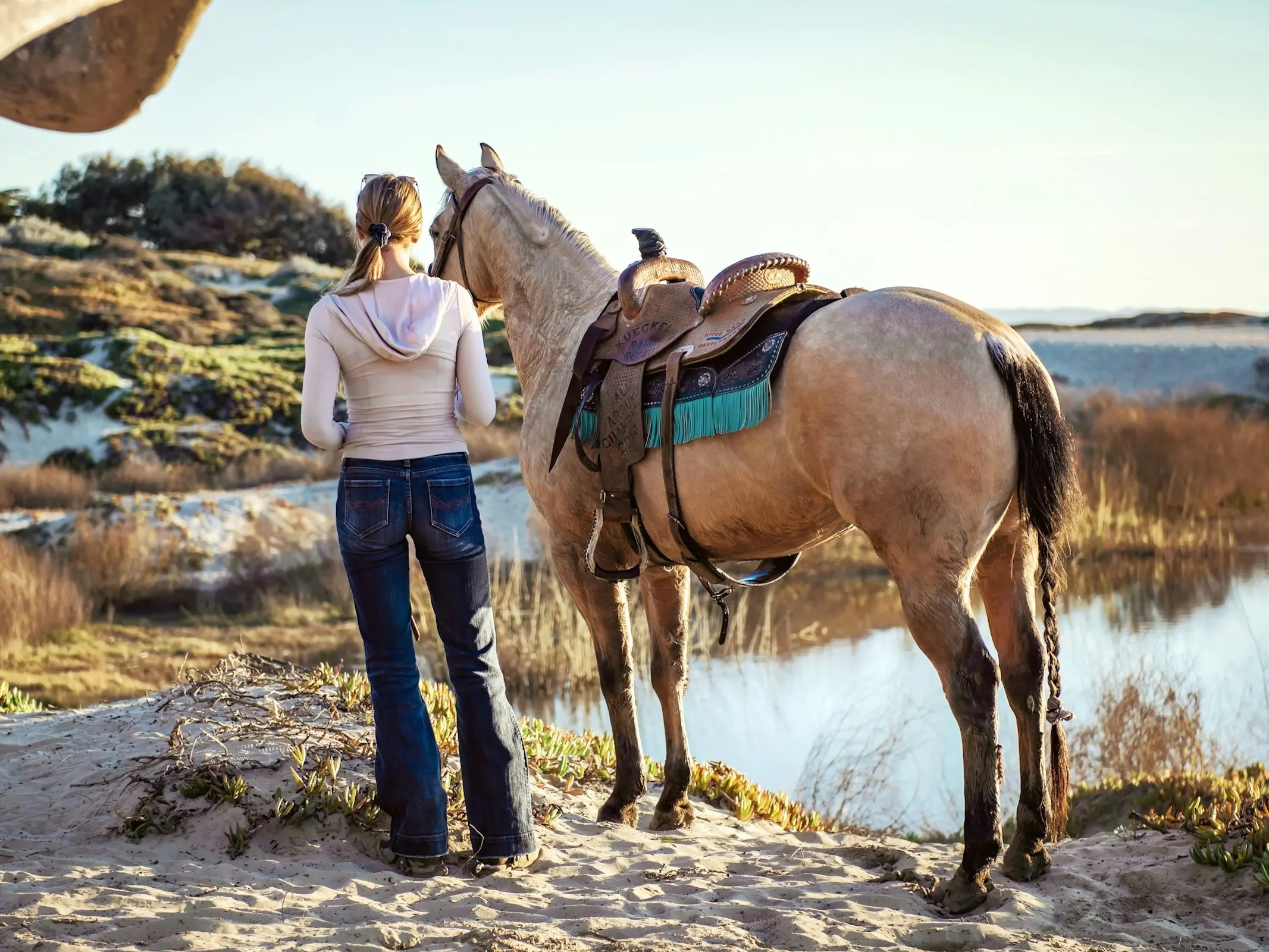
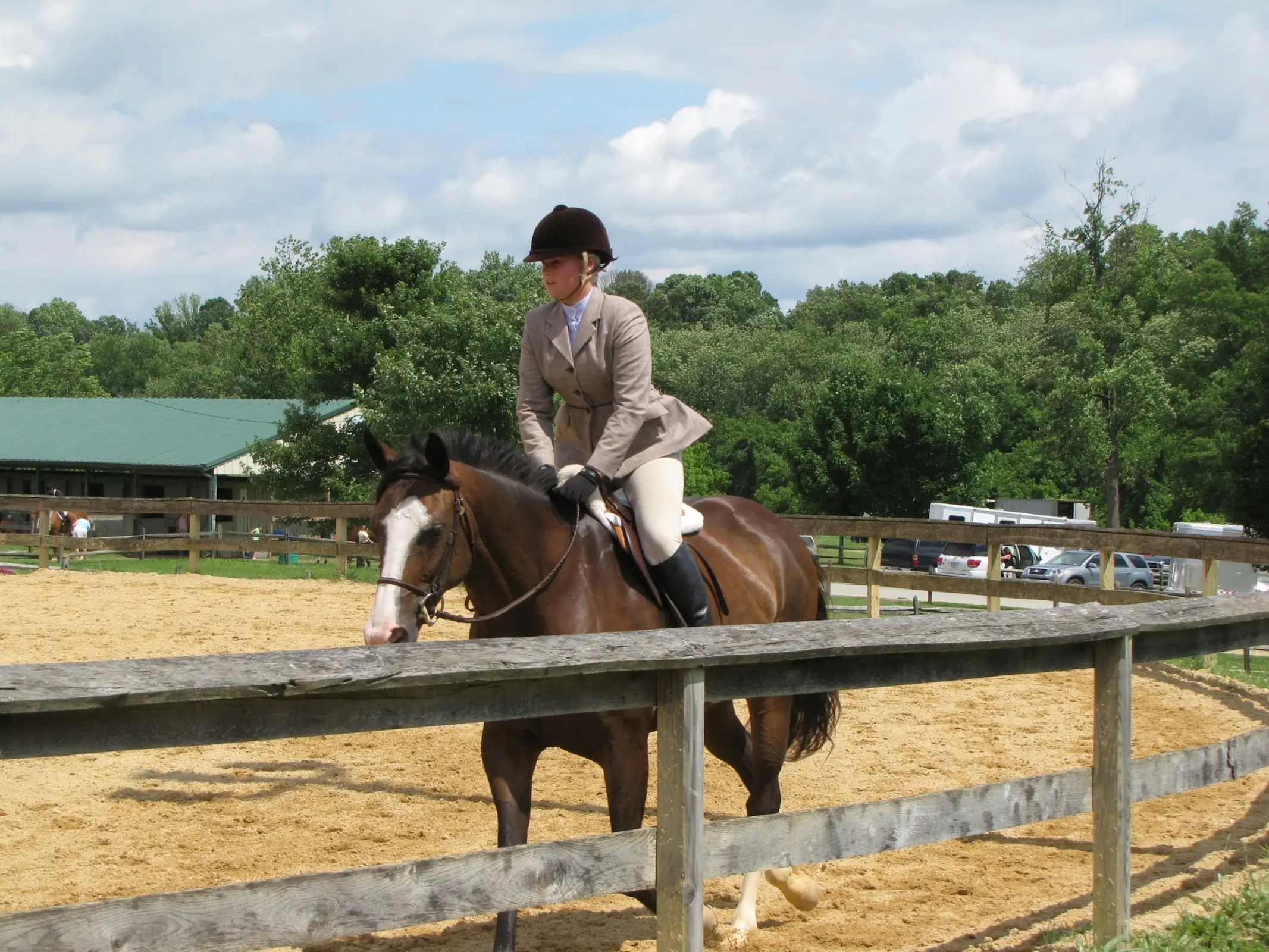
Hunter Type
The hunter type also relies more on early Thoroughbred influences and tend to be even slimmer than even their racing counterparts. In the English show ring, their speed, athletic ability and agreeable nature makes them a natural choice.
Features
Average height 15-5.2 hands
Strong, muscluar hindquarters make them strong sprinters
Versatile and eager to please
Physique
Head is short and wide, with a small muzzle and straight profile
Underline is longer than the back, gives compact impression
Chest is broad and muscular
Chunky, rounded muscular hindquarters
Legs are strong, with flat knees
Traditional Colors
All colors
Temperament
Eager to please and versatile as they come.
Use
Racing
Pleasure horse
Show horse
Rodeo horse
Cutting horse
Work horse
Helpful Links
*All links open in a new window
American Quarter Horse Association
National Foundation Quarter Horse Association
Australia Quarter Horse Association
American Quarter Horse Association – UK
American Quarter Horse Association of New Zealand
More Images
